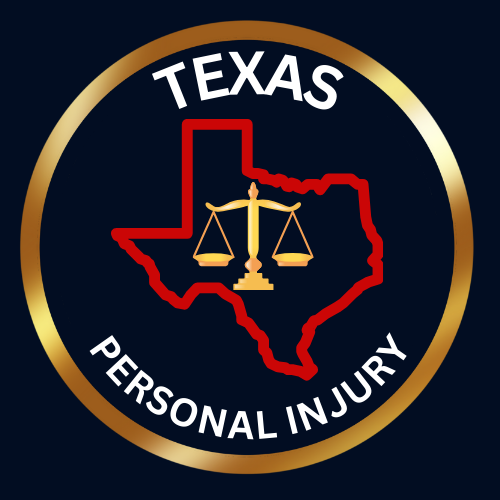Austin, Texas, is a city renowned for its vibrant culture, innovative technology scene, and scenic landscapes. As the state capital, Austin’s geography is a key factor in its unique character and rapid growth.
Austin is located in the state of Texas, which borders Louisiana to the east, Arkansas to the northeast, Oklahoma to the north, New Mexico to the west, and the Mexican states of Chihuahua, Coahuila, Nuevo León, and Tamaulipas to the southwest. Austin is centrally located within Texas, providing a strategic position that enhances its accessibility and influence. Before European settlement, the area now known as Austin was inhabited by Indigenous peoples, including the Tonkawa, Comanche, and Lipan Apache tribes. These groups utilized the region’s abundant natural resources and played a significant role in its early history.
Austin is part of the Central Texas region, characterized by its rolling hills, rivers, and lakes. This area is often referred to as the Texas Hill Country, known for its scenic beauty and unique geological features.
Austin is situated on the eastern edge of the Texas Hill Country, with a landscape that includes limestone hills, springs, and creeks. The Colorado River runs through the city, creating a series of reservoirs known as the Highland Lakes. Lady Bird Lake, Lake Austin, and Lake Travis are key water bodies that provide recreational opportunities and contribute to the city’s charm.
Austin is primarily located within Travis County, which serves as the administrative center for the city. Parts of the metropolitan area also extend into Williamson and Hays counties, contributing to the region’s growth and diversity.
The Greater Austin metropolitan area, also known as the Austin-Round Rock-Georgetown metropolitan area, is a rapidly growing urban center. This area is known for its dynamic economy, driven by technology, education, and creative industries.
Austin is divided into 10 City Council districts, each represented by an elected council member. These districts ensure local representation and governance, allowing for diverse voices and interests within the city.
Austin encompasses a wide range of zip codes, each representing different neighborhoods and districts. Some key zip codes include:
- Downtown Austin: 78701
- South Congress (SoCo): 78704
- West Lake Hills: 78746
- Hyde Park: 78751
- Mueller: 78723
- East Austin: 78702
- North Loop: 78756
Austin is home to a variety of distinctive neighborhoods and districts, each offering unique characteristics and attractions. Some notable neighborhoods include:
- Downtown: The heart of the city is known for its live music venues, cultural institutions, and high-rise buildings.
- South Congress (SoCo): A trendy area with boutique shops, eclectic dining, and vibrant nightlife.
- Hyde Park: A historic neighborhood with charming bungalows, tree-lined streets, and a strong sense of community.
- East Austin: A diverse and rapidly changing area known for its arts scene, food trucks, and cultural festivals.
- Mueller: A mixed-use urban village with modern amenities, parks, and sustainable development.
- West Lake Hills: An affluent area with scenic views, upscale homes, and proximity to outdoor recreation.
Austin boasts several parks and protected areas that provide green spaces for recreation and conservation. Notable parks and protected areas include:
- Zilker Park: A large urban park that hosts the Austin City Limits Music Festival, features the Barton Springs Pool, and offers numerous recreational opportunities.
- Lady Bird Lake: A reservoir on the Colorado River, surrounded by trails, parks, and recreational facilities.
- Mount Bonnell: A historic park known for its panoramic views of the city and the Colorado River.
- McKinney Falls State Park: A natural area with hiking trails, waterfalls, and camping facilities.
- Balcones Canyonlands Preserve: A protected area that conserves endangered species and offers hiking and wildlife viewing.
Within the Greater Austin metropolitan area, there are numerous cities and towns that contribute to the region’s diversity and growth. Some of the nearby cities include:
- Round Rock: Known for its family-friendly environment, excellent schools, and Dell headquarters.
- Georgetown: A historic town with a charming downtown square, parks, and a strong sense of community.
- Cedar Park: A rapidly growing suburb with modern amenities, shopping centers, and sports facilities.
- Pflugerville: A suburban community with a mix of residential, commercial, and recreational areas.
- San Marcos: A college town home to Texas State University, known for its river activities and outlet shopping.
Austin benefits from several economic initiatives and districts designed to promote business and innovation. Notable areas include:
- Silicon Hills: A nickname for the cluster of high-tech companies in the Austin area, including major players like Dell, IBM, and Apple.
- Downtown Innovation Zone: An area focused on fostering technology startups, innovation, and entrepreneurship.
- The Domain: A mixed-use development in North Austin known for its tech campuses, upscale shopping, and residential areas.
Austin, Texas, is a city with a rich and diverse geography shaped by its natural landscapes, historical development, and cultural vibrancy. From its scenic hills and rivers to its dynamic neighborhoods and economic zones, Austin offers a unique and multifaceted experience for residents and visitors alike. Whether exploring its natural beauty, enjoying its live music scene, or engaging with its thriving tech industry, Austin stands out as a remarkable city in Central Texas.
Austin Personal Injury Services
- Austin car accident lawyer
- Austin truck accident lawyer
- Austin motorcycle accident lawyer
- Austin boating accident lawyer
- Austin medical malpractice lawyer
- Austin mesothelioma lawyer
- Austin birth injury lawyer
- Austin workplace accident lawyer
- Austin traumatic brain injury lawyer
- Austin swimming pool accident lawyer
